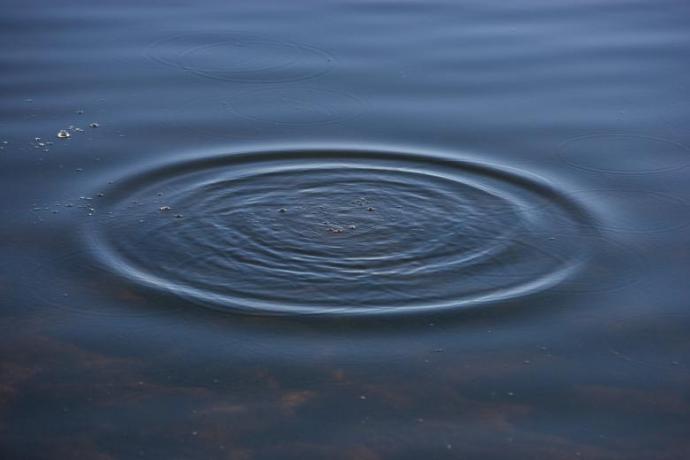Kepler's Laws: Habitable Zones
In 2017, the Liverpool Telescope was involved in the investigation of an exciting new discovery: the star system TRAPPIST-1.
Waves
We are all familiar with waves; from ripples on the surface of a pond to the swell of the ocean. A wave is just a regular vibration that travels through something, like air or water.

Distance
Measuring distances in astronomy is difficult but crucial. We need to know how far away objects are to look at the differences between them. Two objects can look different but be very similar, with one further away than the other. This can make them challenging to study.

Electromagnetic Spectrum
This light that we see is just one small chunk of light which is made by stars. We often call the small range of wavelengths our eyes can detect, optical, or visible light.

Wave-Particle Duality
Light is complicated as it can act as both a wave and a particle. Choosing how we want to talk about light - wave or particle - is only a matter of convenience.

Spectra
Even though light often looks white, it is made up of lots of different colours all added together.

Light
When we talk about light we usually mean the light we can see with our eyes.
This is also called visible or optical light.
Light is one way energy can be transferred - moved from one place to another.

Particle
A particle is the name given to a very small object which has features like size and mass.
All the matter in the Universe is made of particles.

Matter
Matter is anything that has mass and volume (it takes up space). This includes most substances we can see and touch, and the particles these are made up of.

Momentum
If an object is moving, it has momentum. This is what keeps an object moving in the same direction. The more momentum something has, the harder it is to change its direction or bring it to a stop.

